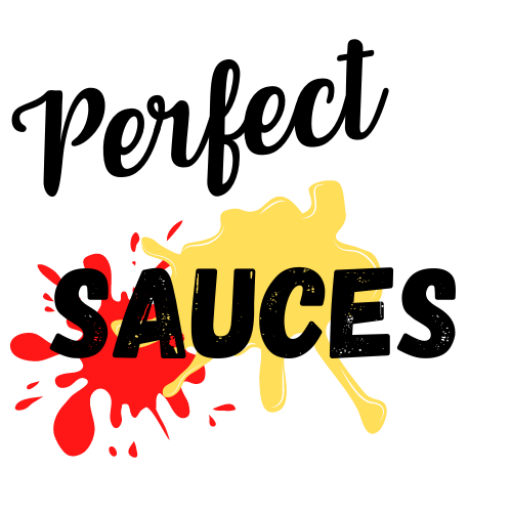FrFrom repurposing leftover curries to adding heaps of flavor to different Thai recipes, red curry paste is truly one of the top spicy pastes for adding heat and flavor. I love to use them in some of my spicy chicken sauce recipes, as well as in my leftover curry paste recipes. But what if a rotten bit of luck hits and you run out? Well, I’ve got some of the best hand-picked alternatives to red curry paste just for you.
You can substitute red curry paste with curry powder, harissa paste, sambal oelek, and laksa paste. But this isn’t all of them, so let’s dive into all of these tasty swaps for red curry paste!
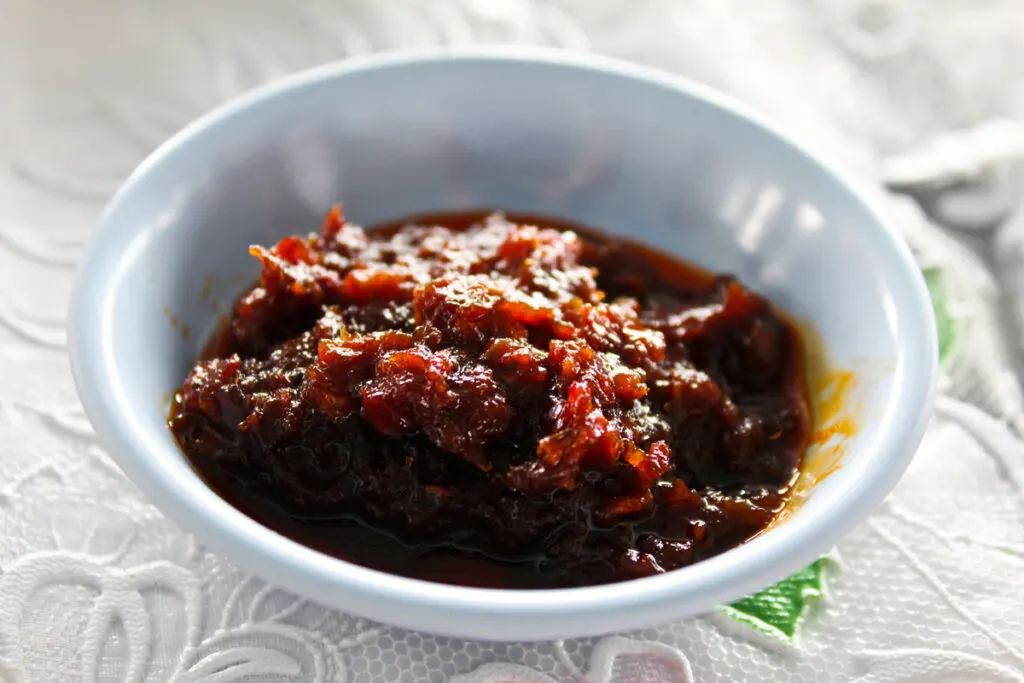
Jump To
🤷 What is a Red Curry Paste?
Red curry paste is a versatile Thai seasoning made from red chili peppers, garlic, lemongrass, ginger, and various spices. It has a bold and spicy kick with layers of sweetness, tanginess, and umami. The paste is mainly used to create curries, soups, marinades, and even stir-fries. You can use various scotch bonnet substitutes, bird’s eye chili alternatives, and poblano pepper substitutes to make this paste.
🧑🍳 How to make Red Curry Paste
To make red curry paste, blend together red chili peppers (deseeded for less heat), garlic, lemongrass, shallots, galangal or ginger, coriander seeds, cumin seeds, shrimp paste or salt, and kaffir lime zest in a food processor or mortar and pestle until a smooth paste forms. You can adjust the spiciness by adding more or fewer chilies. This aromatic paste can be stored in an airtight container in the refrigerator for up to a week or frozen for longer storage.
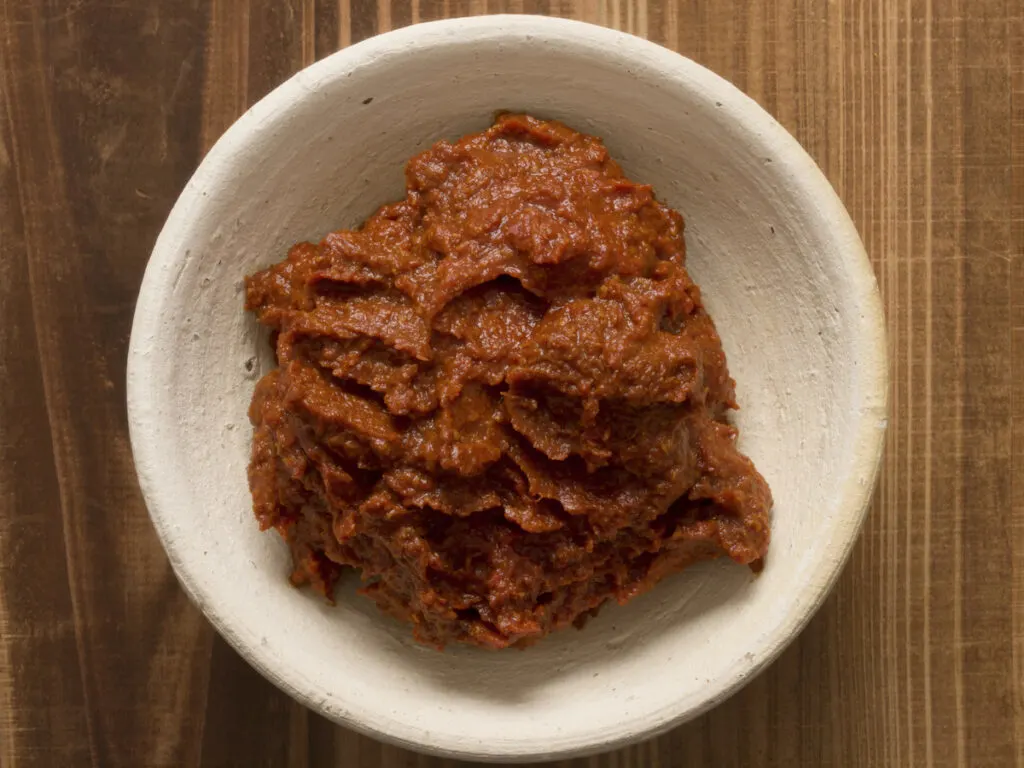
💡 Best Red Curry Paste Substitute
Homemade Thai Red Curry Paste
Making your own homemade red curry paste is a great way to retain the same flavor and ensure that your dishes have the perfect balance of it. A homemade version gives the best flavors, helps save time, and even lets you make more and save money. You’ll need dried red chilies, lemongrass, ginger or galangal, shallots, garlic, cilantro roots, and shrimp paste. If you can’t find shrimp paste, you can use different shrimp paste alternatives to make it instead.
Curry Powder
1 teaspoon of red curry paste = 1 teaspoon of curry powder
Curry powder is a top-notch choice swap for red curry paste in tons of ways. It’s easy to use, common in most panties, and is the base for nearly all curries and most spicy dishes. It’s made of various spices such as cumin, coriander, turmeric, ginger, and chili powder and has a warm, earthy, and slightly sweet flavor. The powder is a great way to thicken curry sauce, add a splash of heat to dishes, or even add flavor as a dry rub on meats. A perfect all-rounder option.
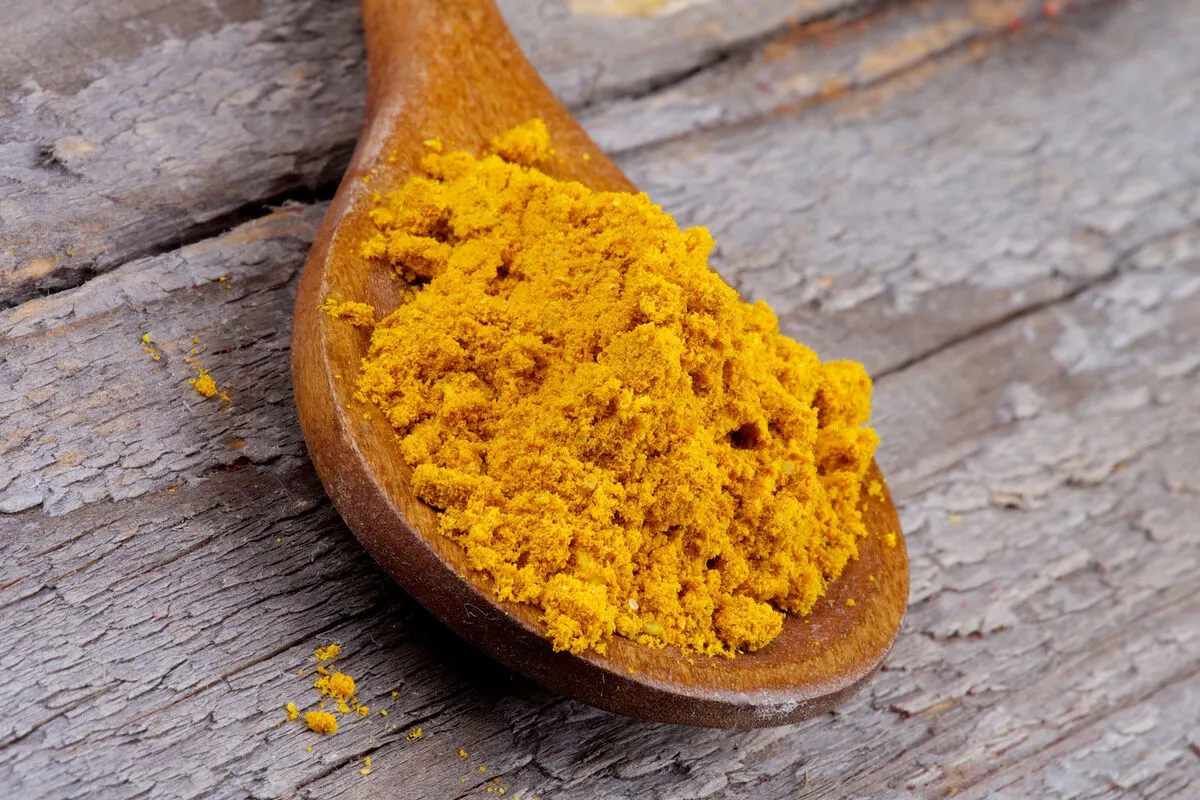
Thai Yellow Curry Paste
1 teaspoon of red curry paste = 1 teaspoon of Thai yellow curry paste
Red curry paste has a few cousins that are more or less the same. Yellow curry paste is one of them. It’s a less spicy option made with many of the same ingredients as red curry paste but with the addition of turmeric, giving it a vibrant yellow color. The paste’s slighter sweetness means it’s still perfect in most, if not all, the same recipes as red curry paste.
Thai Green Curry Paste
1 teaspoon of red curry paste = 3/4 teaspoon of Thai green curry paste
The last version of red curry paste is its green cousin, Thai green curry. It offers a distinct yet equally delicious taste profile with its fresh and vibrant ingredients, such as green chili peppers, lemongrass, and cilantro. The use of green chili peppers means it has a considerably milder spice than red curry paste. But the flavor remains more or less the same. You can throw in other spices or use some green curry paste substitutes to match the spice of red curry paste.
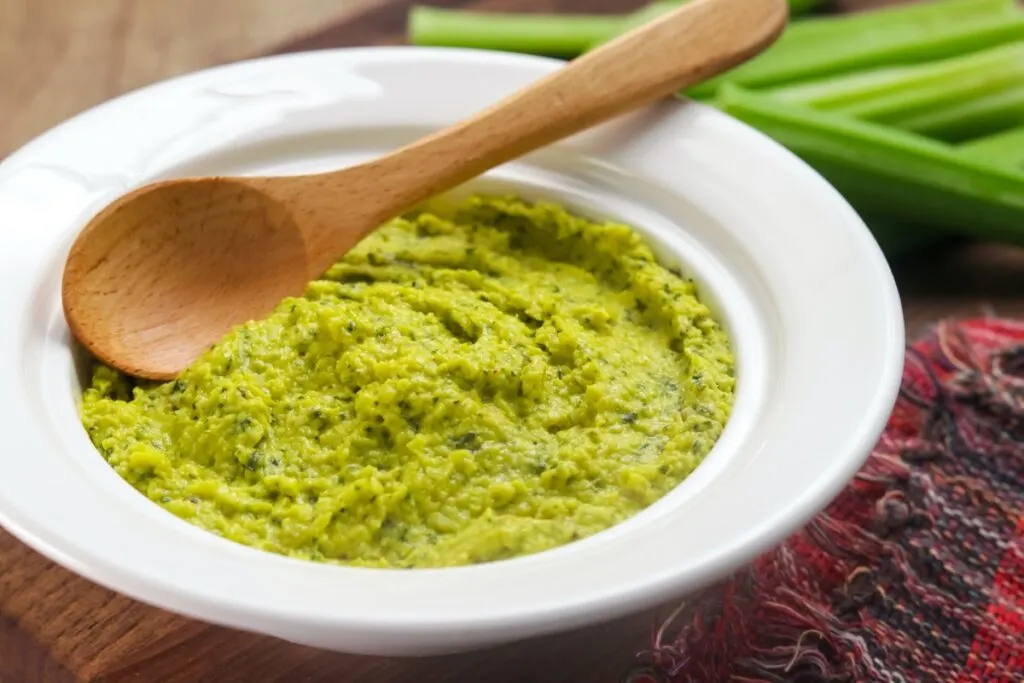
Sambal Oelek
1 teaspoon of red curry paste = 1 teaspoon of sambal oelek
Sambal oelek is one of the tastiest Asian sauces that can be used as a swap for red curry paste. The fiery heat but delicious tangy and sweet flavor is why this sauce is up here. Fresh ground chilies, vinegar, and salt are a simple yet flavorful mixture that can be thrown into many of the same dishes as red curry paste. If the heat becomes a bit much, there are different ways to tone back the spice in sauces. You can also use some sambal oelek alternatives instead.
Harissa Paste
1 teaspoon of red curry paste = 1/2 teaspoon of harissa paste
Harissa paste is a fantastic North African chili paste with a delicious spicy flavor profile. It’s made from roasted red peppers, hot chili peppers, garlic, and spices and packs a smoky, slightly sweet taste. The smokier and more spicy flavor of this paste does differ from red curry paste, but it can still make for a tasty, if not better, flavor swap in most of the same dishes. If you can’t find any, you can use different harissa paste alternatives to achieve that fiery but delicious flavor.
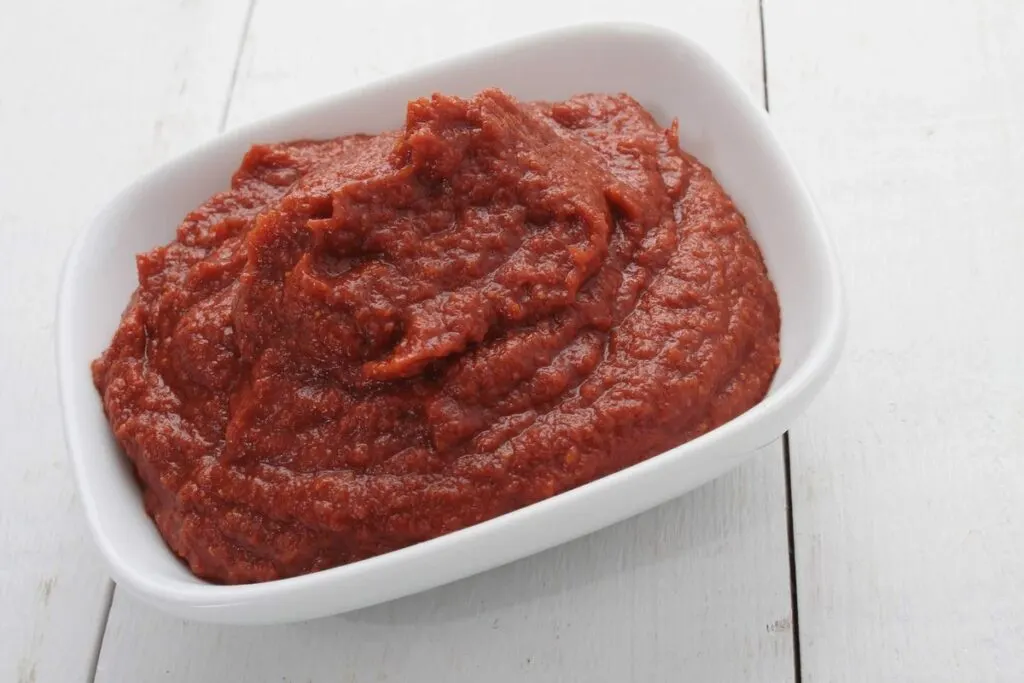
Laksa Paste
1 teaspoon of red curry paste = 1 teaspoon of laksa paste
Laksa curry paste can be the perfect Southeast Asian swap for your red curry paste recipe. It’s essentially a red curry paste with a spicy and slightly sweet taste that comes from a blend of spices like lemongrass, galangal, and chili peppers. It’s the backbone of many Southeast Asian dishes, including a classic curry laksa, so it’ll be perfect for your red curry paste recipes. It is hotter, though, and the flavor isn’t exactly 1:1, but if you want a unique flavor, it’s definitely worth a shot.
🧐 FAQs
Red curry paste boasts a fiery kick combined with fragrant notes of garlic, lemongrass, and a medley of Thai spices. It offers a balance of heat, sweetness, and earthy flavors that meld quite well together.
Once opened, store-bought red curry paste typically lasts for about 2 to 3 months in the refrigerator. Homemade versions might have a shorter shelf life and should be consumed within a few weeks.
Red curry paste generally offers a moderate to high level of spiciness, with most variations falling between 25,000 to 40,000 Scoville Heat Units (SHU).
